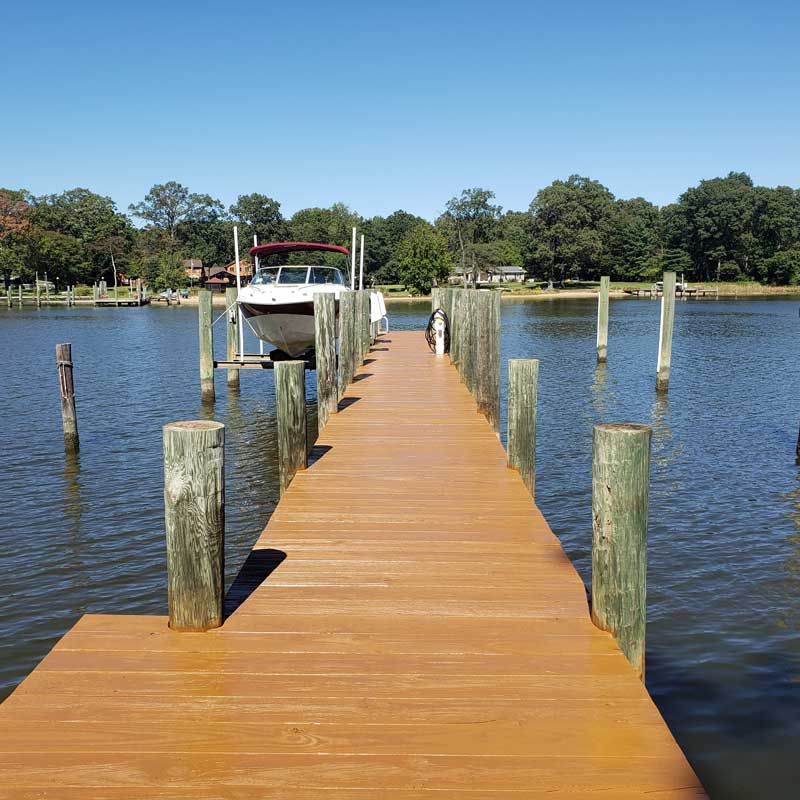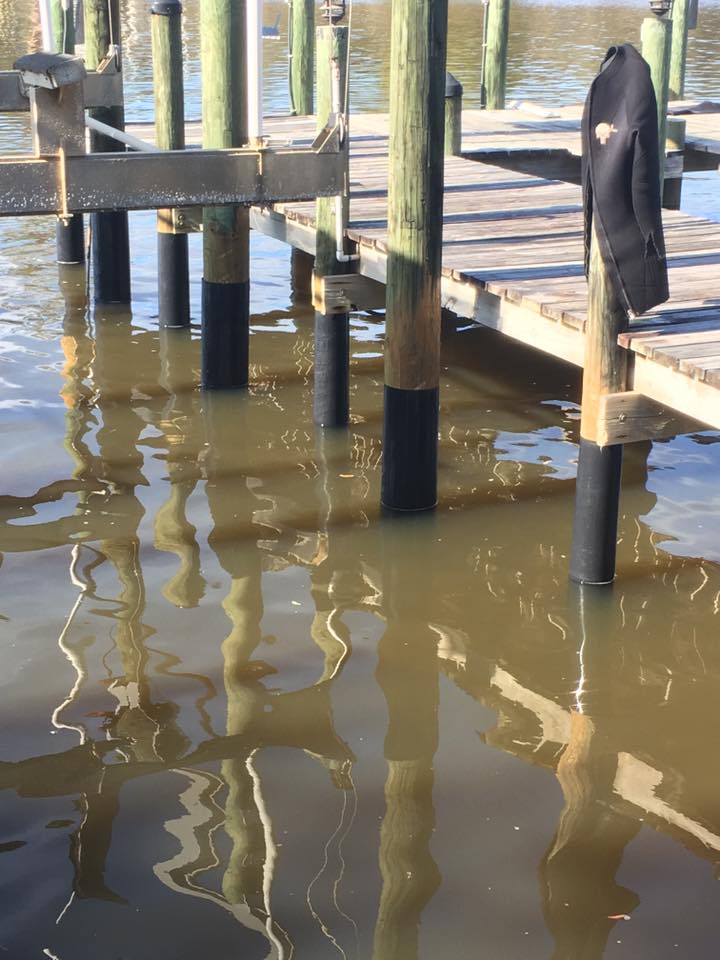Why Normal Maintenance Can Lower Future Dock Repairs
Why Normal Maintenance Can Lower Future Dock Repairs
Blog Article
Effective Dock Repair Work Techniques: Guaranteeing Architectural Honesty
Guaranteeing the architectural stability of anchors via reliable repair work techniques is paramount for the durability and safety of marine facilities. This entails a multi-faceted strategy beginning with thorough examinations making use of innovative technologies like sonar equipment and from another location ran automobiles (ROVs) to spot both visible and hid damages. Consequently, selecting the appropriate repair products, such as corrosion-resistant alloys and composite products, is important for longevity. Architectural reinforcement methods, consisting of the execution of cross-bracing systems and load-distribution plates, play a crucial role in mitigating stress and anxiety factors. However, the value of these techniques becomes evident when discovering advanced repair service methods and preventative maintenance methods.
Assessing Dock Damage
Analyzing dock damage is a vital very first step in guaranteeing the architectural honesty and safety of any docking center. Secret aspects to check out consist of the dock's structure, pilings, outdoor decking, and hardware (Dock Repairs).
Architectural engineers or certified assessors generally do these evaluations utilizing specialized devices and methods. Underwater examinations could use sonar equipment or from another location ran cars (ROVs) to identify submerged damages. Above water, aesthetic assessments are enhanced by utilizing dampness meters and other analysis tools to uncover underlying problems not right away visible to the nude eye.

Choosing Fixing Products
Selecting the appropriate repair work materials is a critical action in the dock reconstruction process, one that directly influences the durability and performance of the repaired structure. Product option need to be driven by elements such as environmental problems, load-bearing requirements, and compatibility with existing dock elements. Timber is a typical selection for docks due to its natural resilience and visual charm. Selecting the ideal type of wood, such as pressure-treated lumber or naturally rot-resistant varieties like cedar or teak wood, is vital to withstand aquatic environments.
In addition to wood, composite materials are increasingly preferred due to their resilience and low upkeep requirements. Compounds, usually made from a blend of plastic and timber fibers, supply exceptional resistance to rot, bugs, and UV damage. For metal anchors, choosing corrosion-resistant alloys such as galvanized steel or marine-grade aluminum is important to prevent rust and guarantee architectural integrity in saline water problems.
Epoxy materials and marine-grade sealers are essential for repairing fractures and sealing joints, providing a water-proof barrier and enhancing the dock's general strength. By meticulously selecting high-quality products, dock repairs can achieve lasting results, thus protecting versus future degradation and guaranteeing secure, trustworthy usage.
Structural Reinforcement Methods
Effective architectural reinforcement techniques are critical in ensuring the stability and long life of dock fixings. One essential method includes using steel or composite reinforcement bars (rebar) within concrete frameworks. Rebar supplies additional tensile stamina, protecting against cracks and distributing lots more uniformly. This approach is especially effective for docks exposed to heavy loads or severe environmental problems.
Another necessary strategy is the application of fiber-reinforced polymers (FRP) These products offer high strength-to-weight ratios and superb resistance to corrosion, making them optimal for reinforcing concrete or wood anchors. FRP can be applied in sheets or strips and bound with epoxy resins to enhance architectural integrity.
Supporting and securing systems additionally play an important role in architectural reinforcement. Cross-bracing, utilizing steel or wood light beams, can counteract lateral forces, minimizing swaying and activity. Securing systems, such as helical piers or driven stacks, offer a steady foundation by transferring tons to deeper, more stable soil layers.
Last but not least, the assimilation of load-distribution plates can aid distribute weight much more equally throughout the dock's surface area, alleviating localized tension points. These strategies collectively ensure that docks stay secure and durable, with the ability of withstanding the rigors of their operational environment.
Advanced Repair Work Approaches

An additional you can try this out advanced method includes undersea welding, which enables repair services to be carried out without the requirement to dewater the area. This method is specifically helpful for attending to structural issues in immersed dock elements, making certain very little disturbance to operations. Improved welding methods, coupled with robot systems, provide accuracy and reliability, consequently extending the life expectancy of the dock.
Additionally, cathodic protection systems are applied to avoid rust in site here metal dock frameworks. By utilizing sacrificial anodes or impressed existing systems, these methods effectively reduce the electrochemical processes that result in material wear and tear.
Finally, progressed tracking modern technologies, such as architectural wellness tracking (SHM) systems, provide real-time data on the problem of dock structures. These systems enable positive maintenance and prompt treatments, inevitably ensuring the lasting architectural stability of the dock.
Upkeep and Avoidance
Maintenance and prevention are basic concepts that underpin the longevity and safety of dock structures. Normal inspections are paramount, permitting early detection of damage, potential weak points, and ecological impacts. A proactive technique, involving routine checks for corrosion, rot, and structural changes, alleviates costly repairs and extends the dock's functional life.
Safety nets need to include using safety layers to steel components to secure against corrosion and using treated timber to stand up to degeneration. Additionally, making sure proper drainage and air flow can avoid water build-up, which is a common source of architectural degradation. Including quality products and adhering to manufacturer guidelines during building and repair phases likewise play vital roles in boosting toughness.

Training personnel in dock upkeep best practices makes sure regular application of safety nets. Leveraging technical developments, such as drones for examinations and sensors for real-time surveillance, can further enhance upkeep initiatives. By focusing on maintenance and avoidance, dock owners can ensure structural honesty, operational safety, and cost-effective monitoring over the dock's life YOURURL.com expectancy.
Verdict
In verdict, preserving the architectural honesty of aquatic centers necessitates detailed dock fixing methods. Advanced repair work strategies, coupled with routine maintenance techniques, make certain the dock continues to be operational and secure under varied ecological conditions.
Guaranteeing the architectural stability of anchors through efficient repair service techniques is vital for the longevity and safety of marine facilities.Choosing the suitable fixing materials is an essential action in the dock repair process, one that directly affects the longevity and efficiency of the repaired framework.Effective structural reinforcement techniques are critical in guaranteeing the stability and durability of dock repair work. By prioritizing upkeep and avoidance, dock proprietors can make certain architectural stability, functional safety and security, and cost-efficient monitoring over the dock's life-span.
In verdict, keeping the structural honesty of marine facilities requires detailed dock repair work strategies.
Report this page